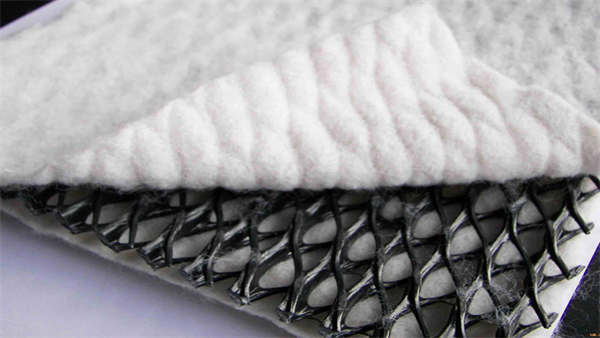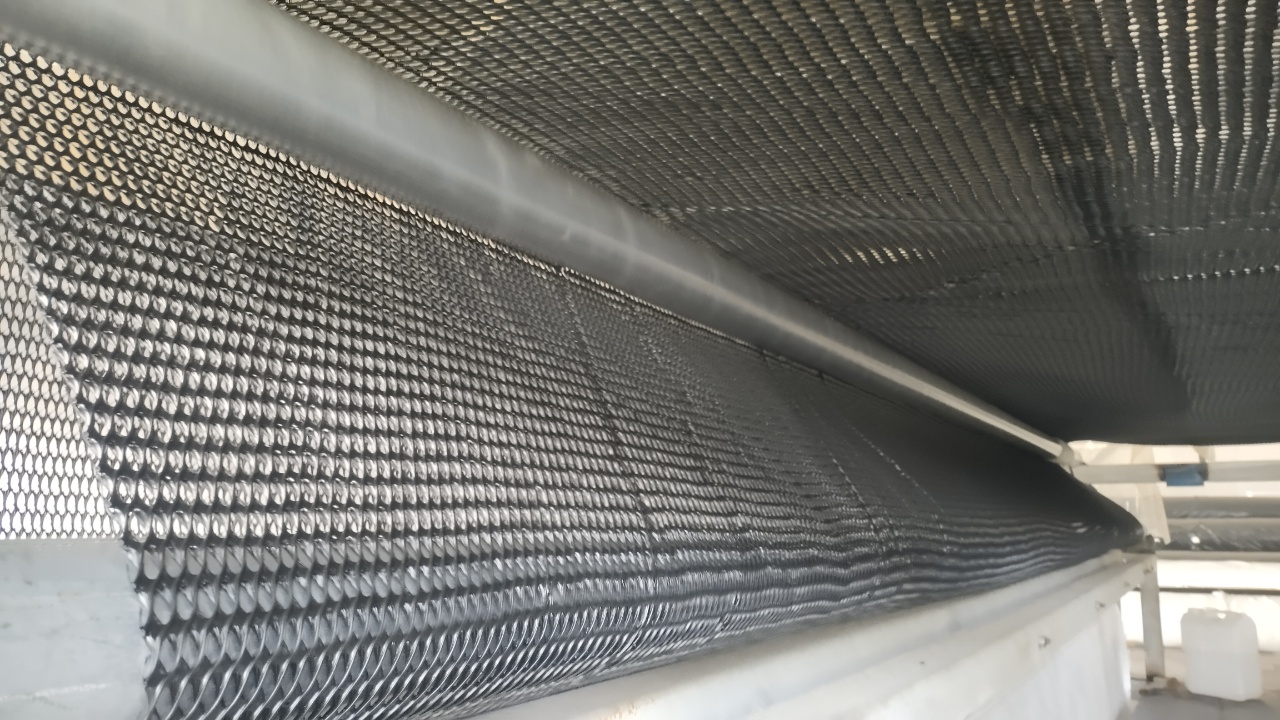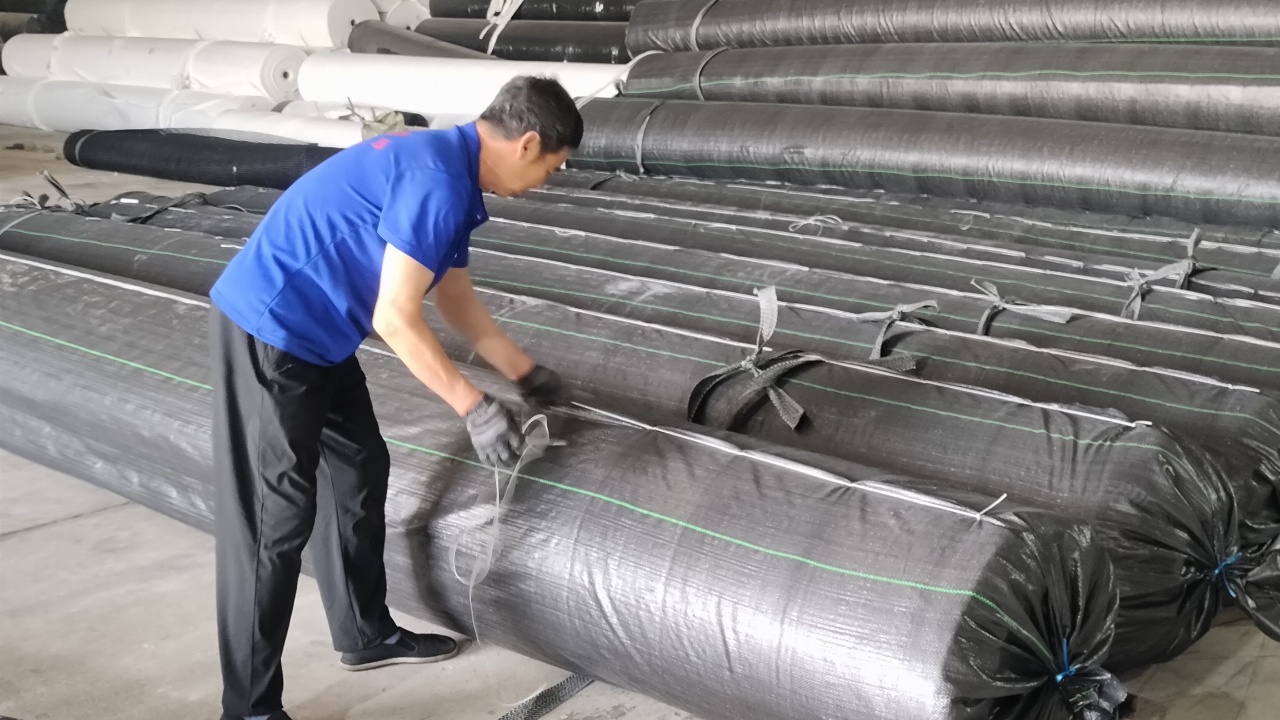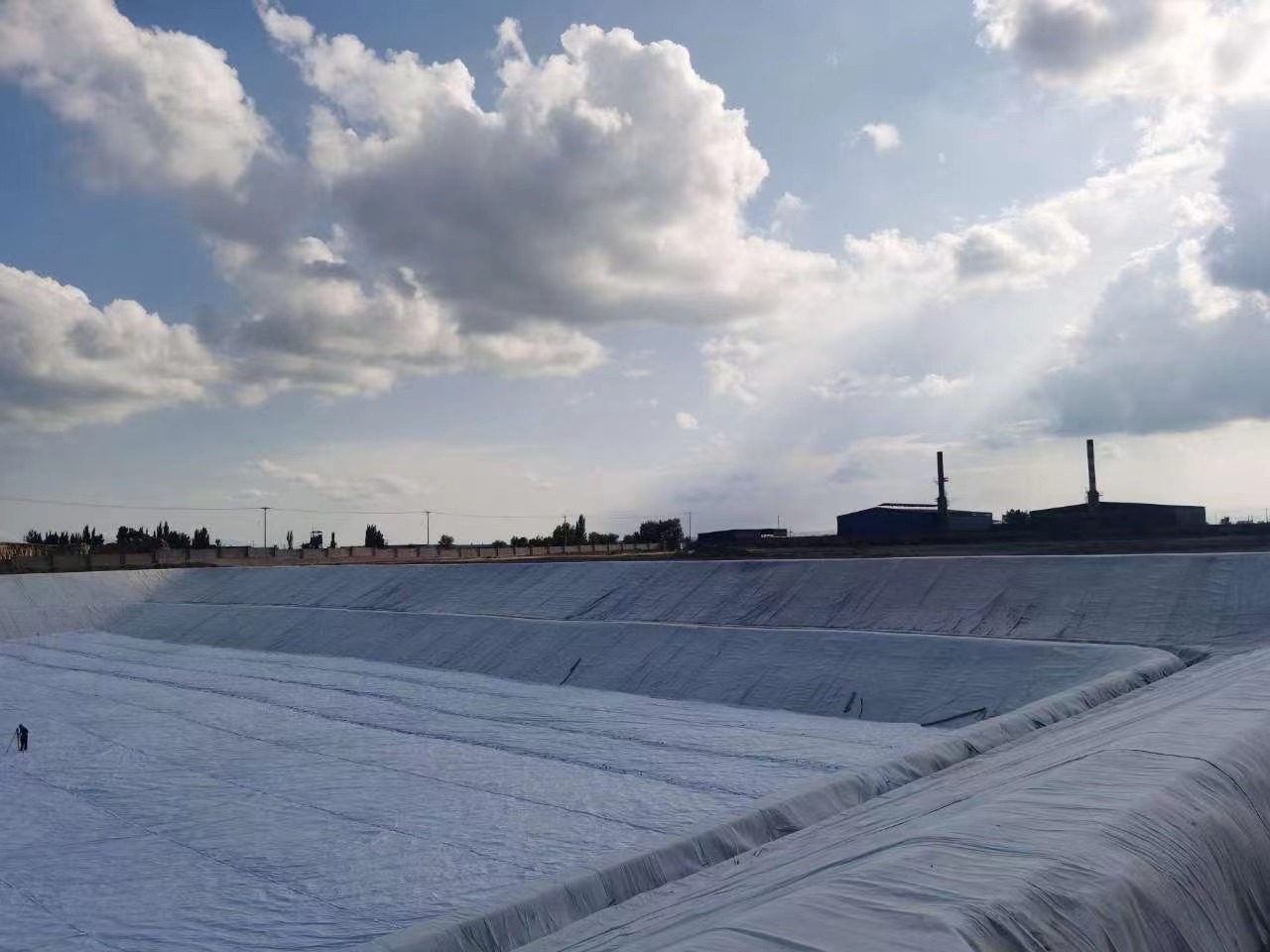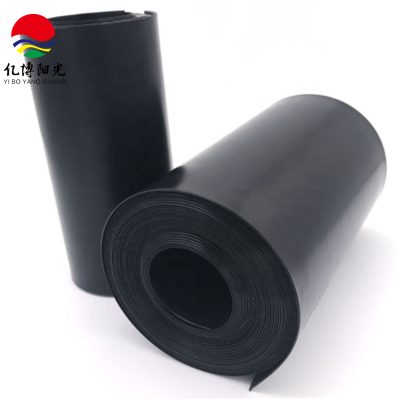Composite Drainage Net: Made With?
Composite Drainage Net: Made With?
A composite drainage net is a geosynthetic material commonly used in civil engineering and construction projects for effective drainage and erosion control.
Here’s an overview of its key components and applications:
Key Components
1. Geotextile Layer: made from geosynthetic fibers.
Provides filtration and prevents soil from clogging the drainage system.
2. Drainage Core: made from plastic or polymer materials.
Designed to facilitate the flow of water while providing structural support.
Packaging Details
Material:
Typically made of durable, weather-resistant materials to protect the net from environmental factors.
Dimensions:
Standard sizes may vary, but common dimensions include rolls of 5.8m x 50m, 5.8m x 100m, 6m x 50m, or 6m x 100m.
Custom sizes can often be requested.
Applications
Landfills: Used to manage leachate and improve drainage.
Road Construction: Helps in the drainage of subgrade materials, preventing water accumulation.
Slope Stabilization: Reduces erosion and provides stability to slopes.
Retaining Walls: Enhance drainage behind walls to prevent hydrostatic pressure buildup.
Benefits
Improved Drainage: Efficiently channels water away from structures.
Durability: Resistant to chemical and biological degradation.
Cost-Effective: Reduces the need for extensive excavation and drainage systems.
Installation Considerations
Proper installation technique is crucial to ensuring the effectiveness of the geomembrane.
Seams and joints should be carefully welded or sealed to maintain integrity.

